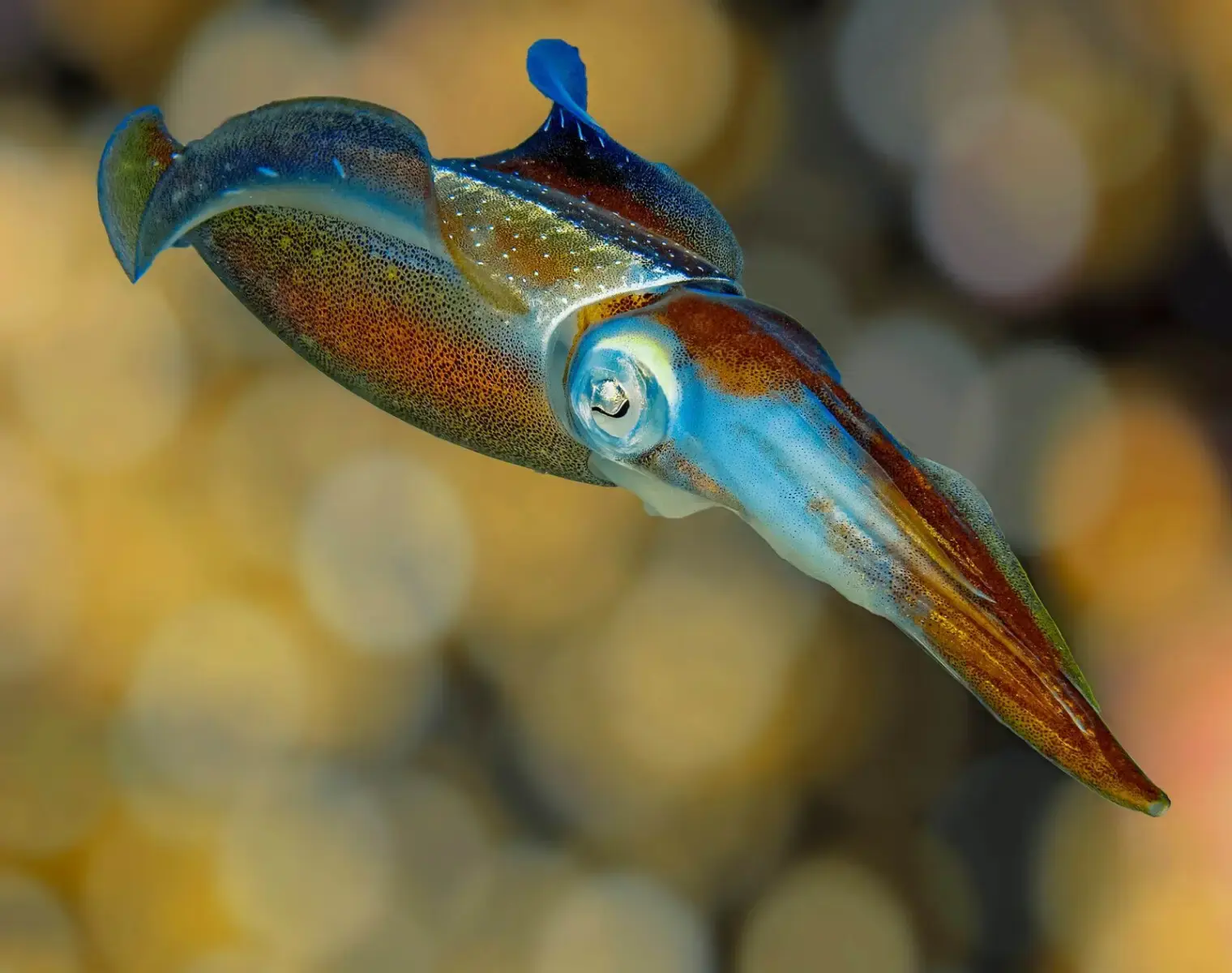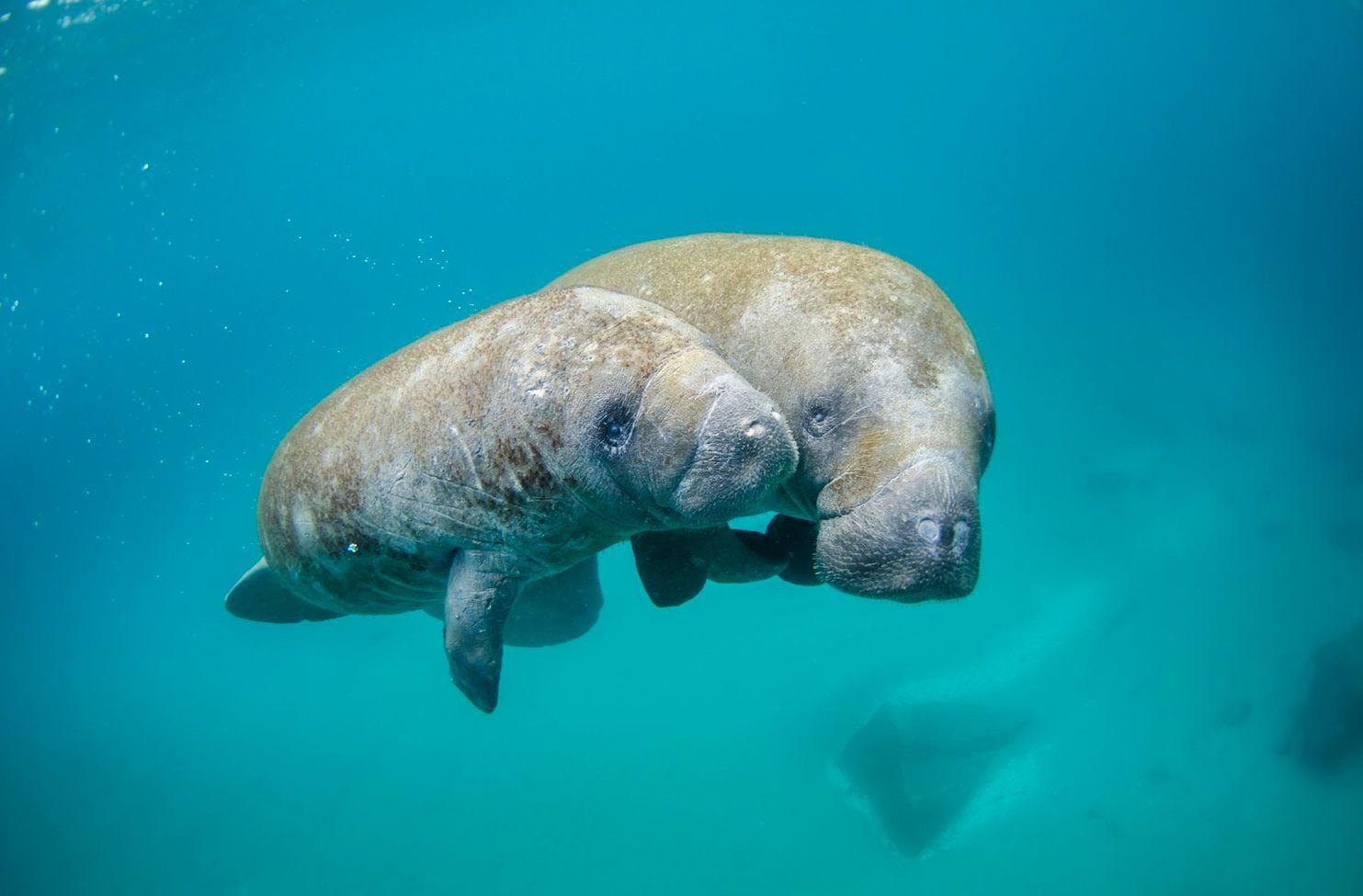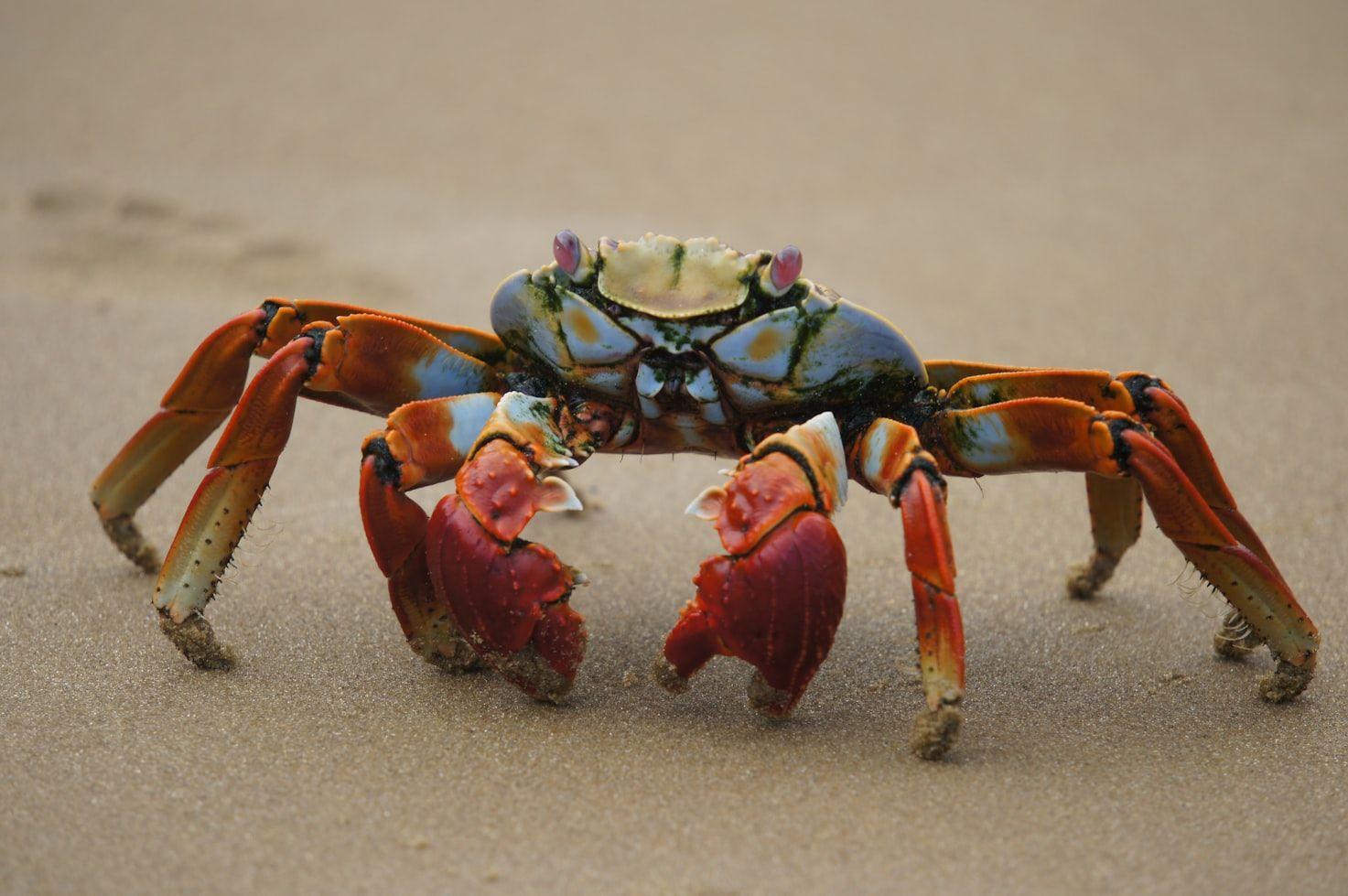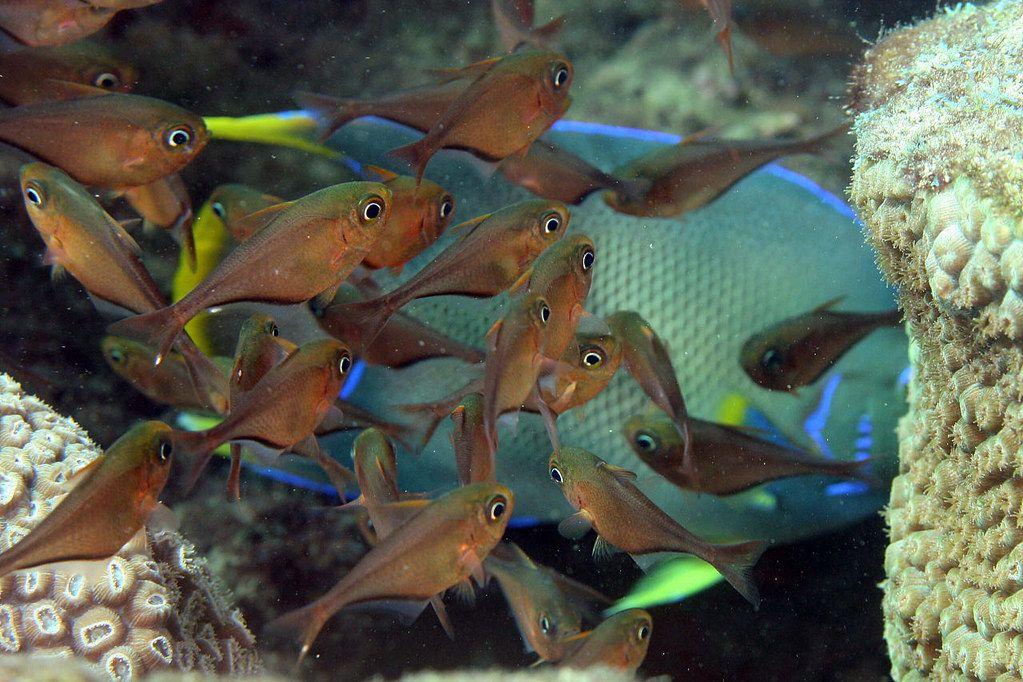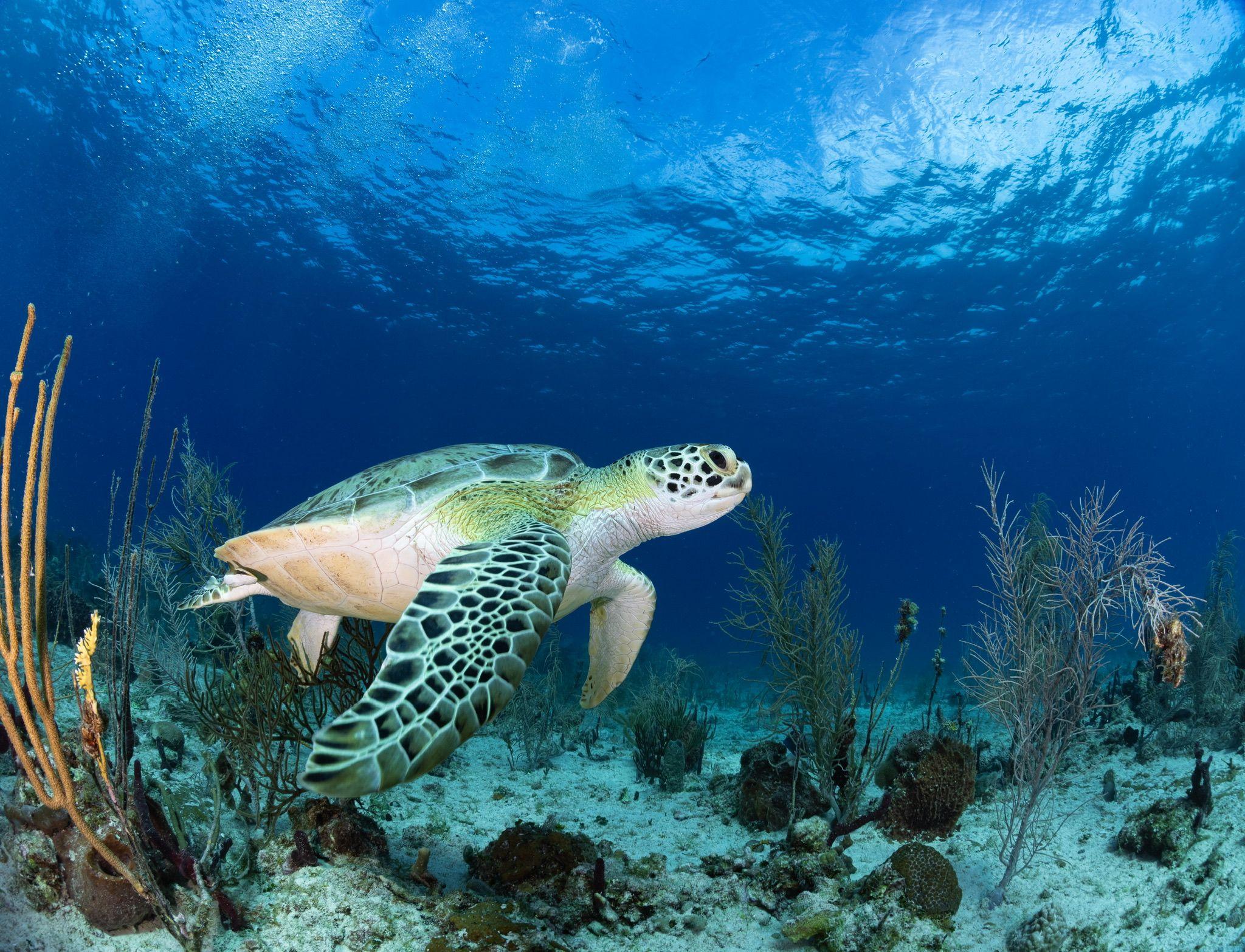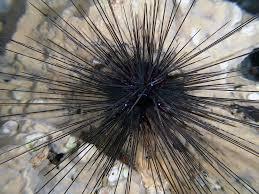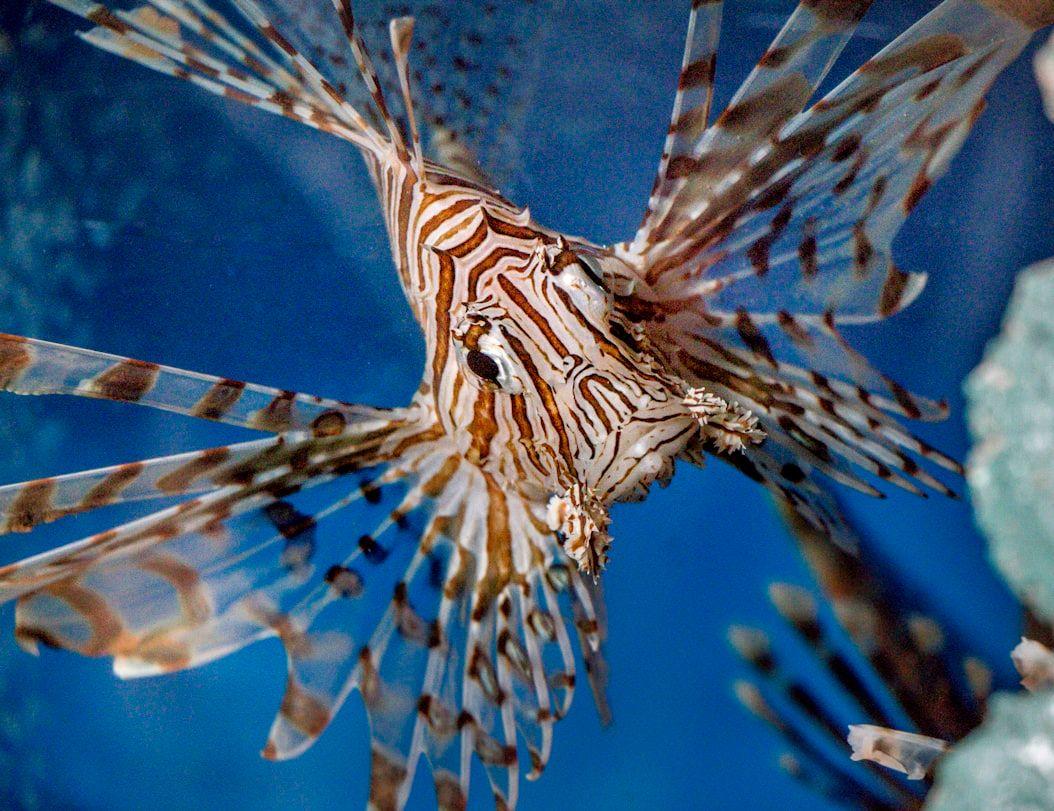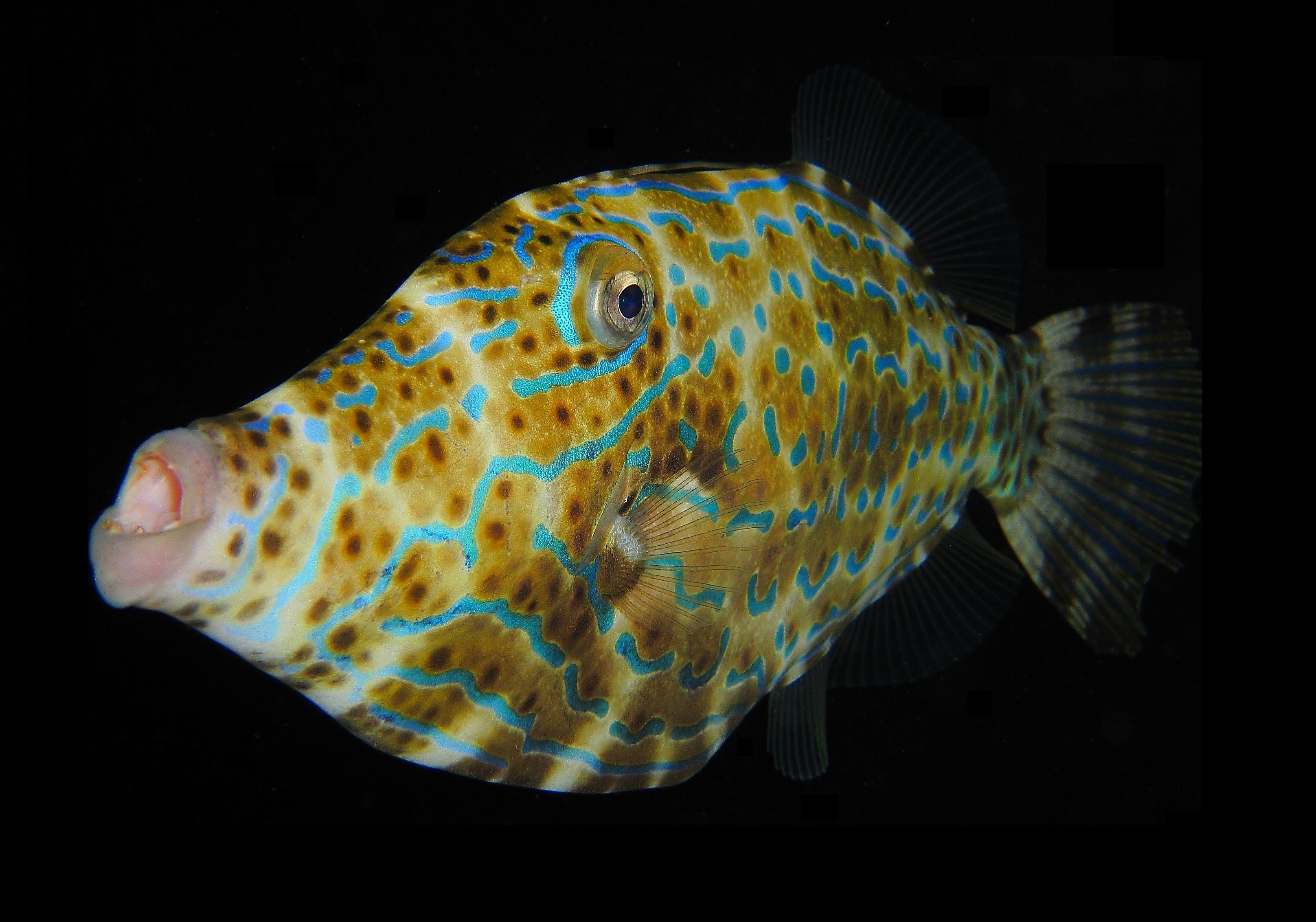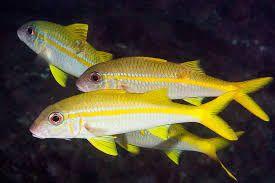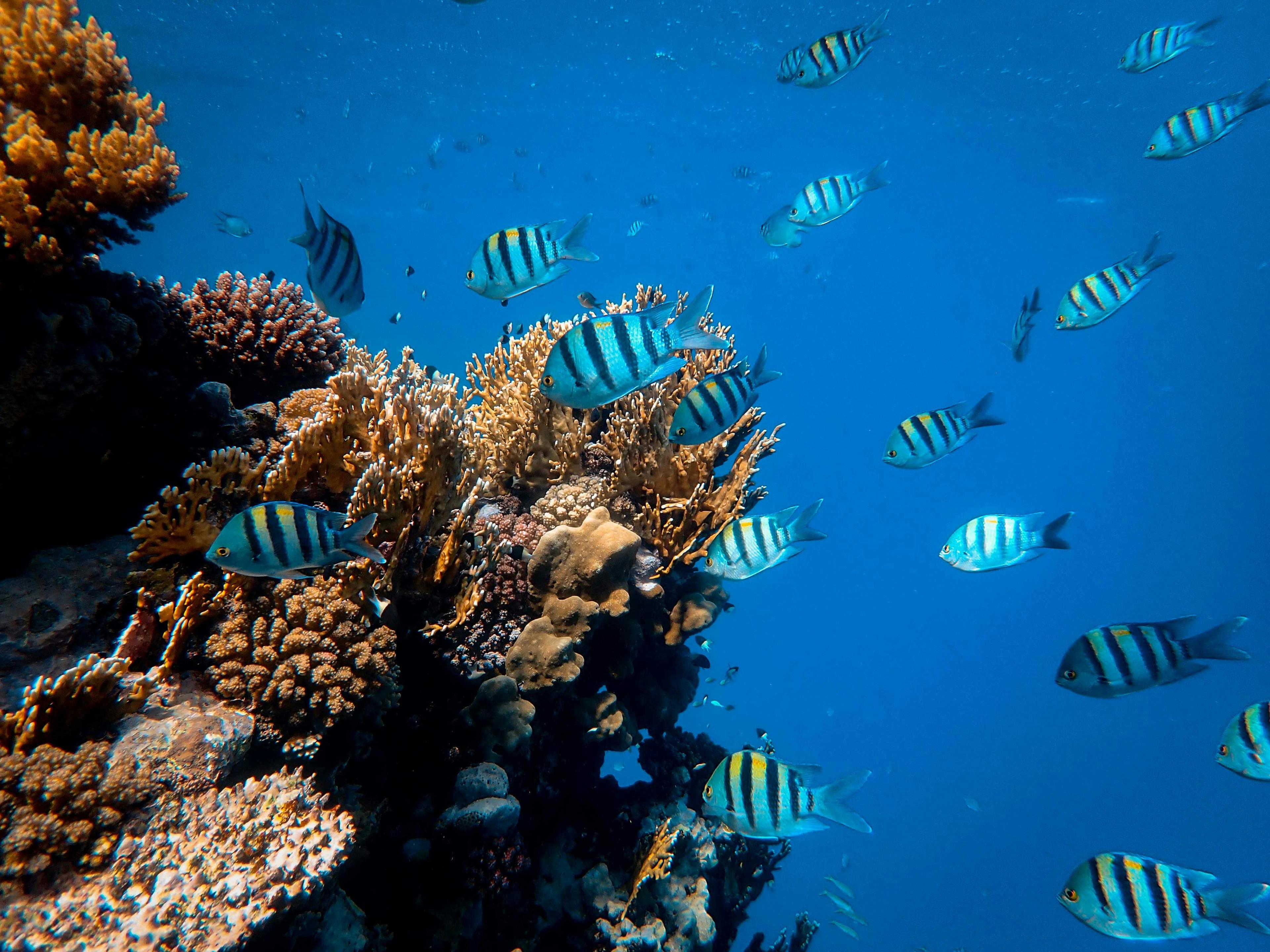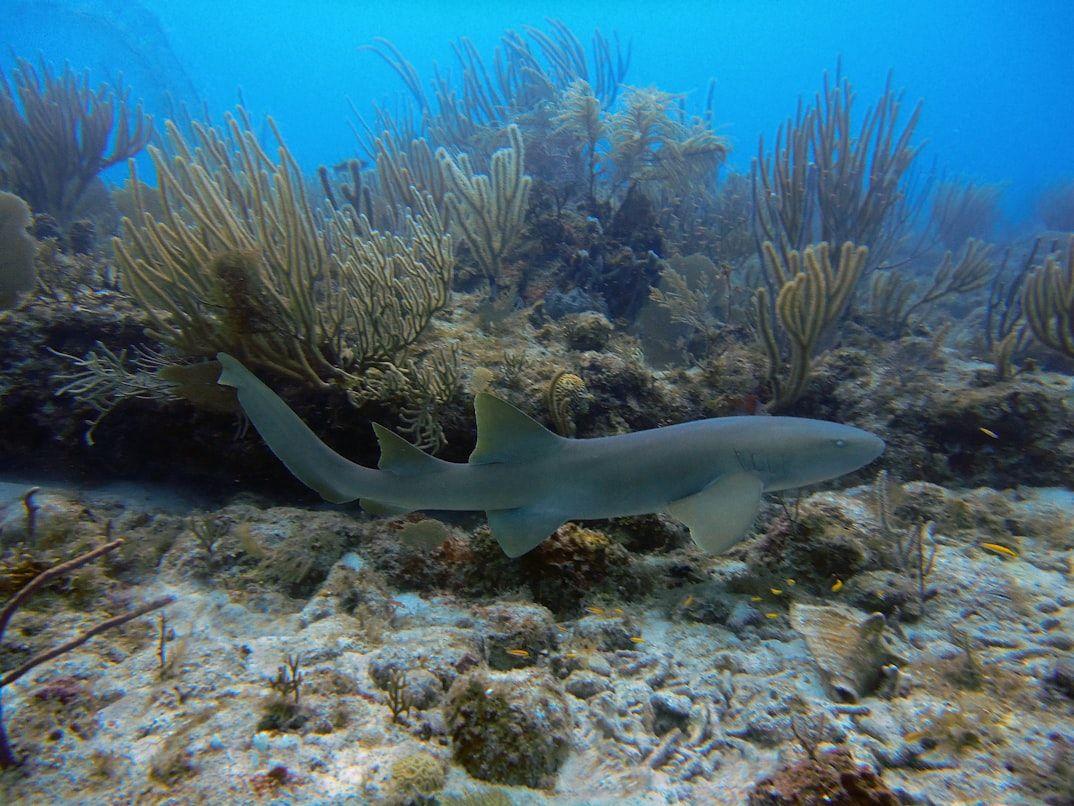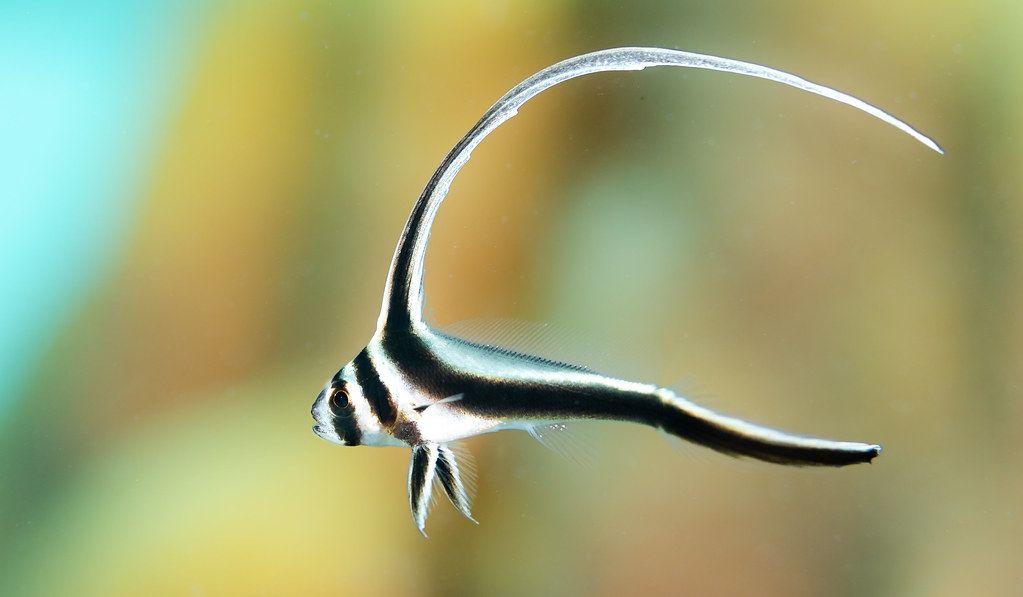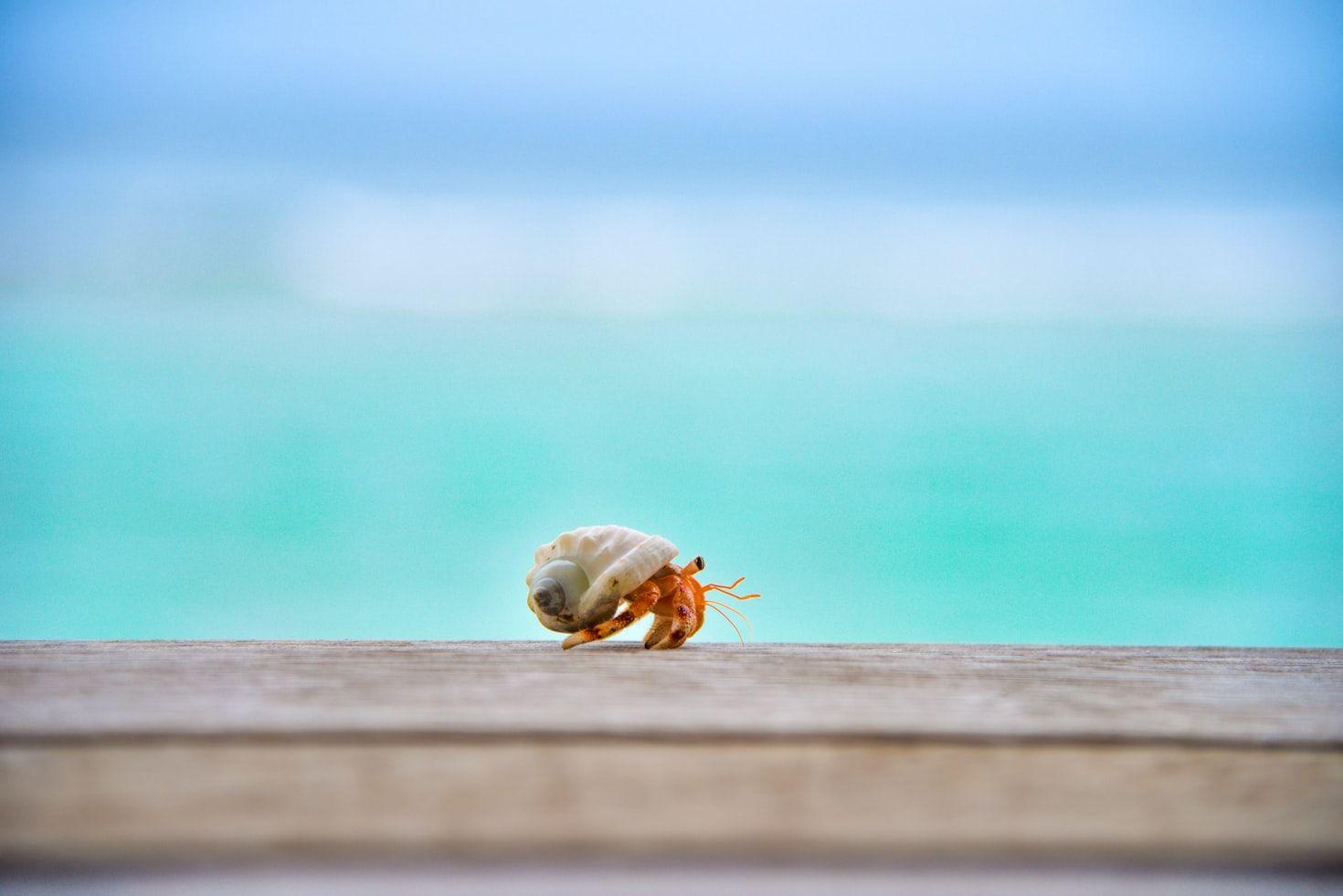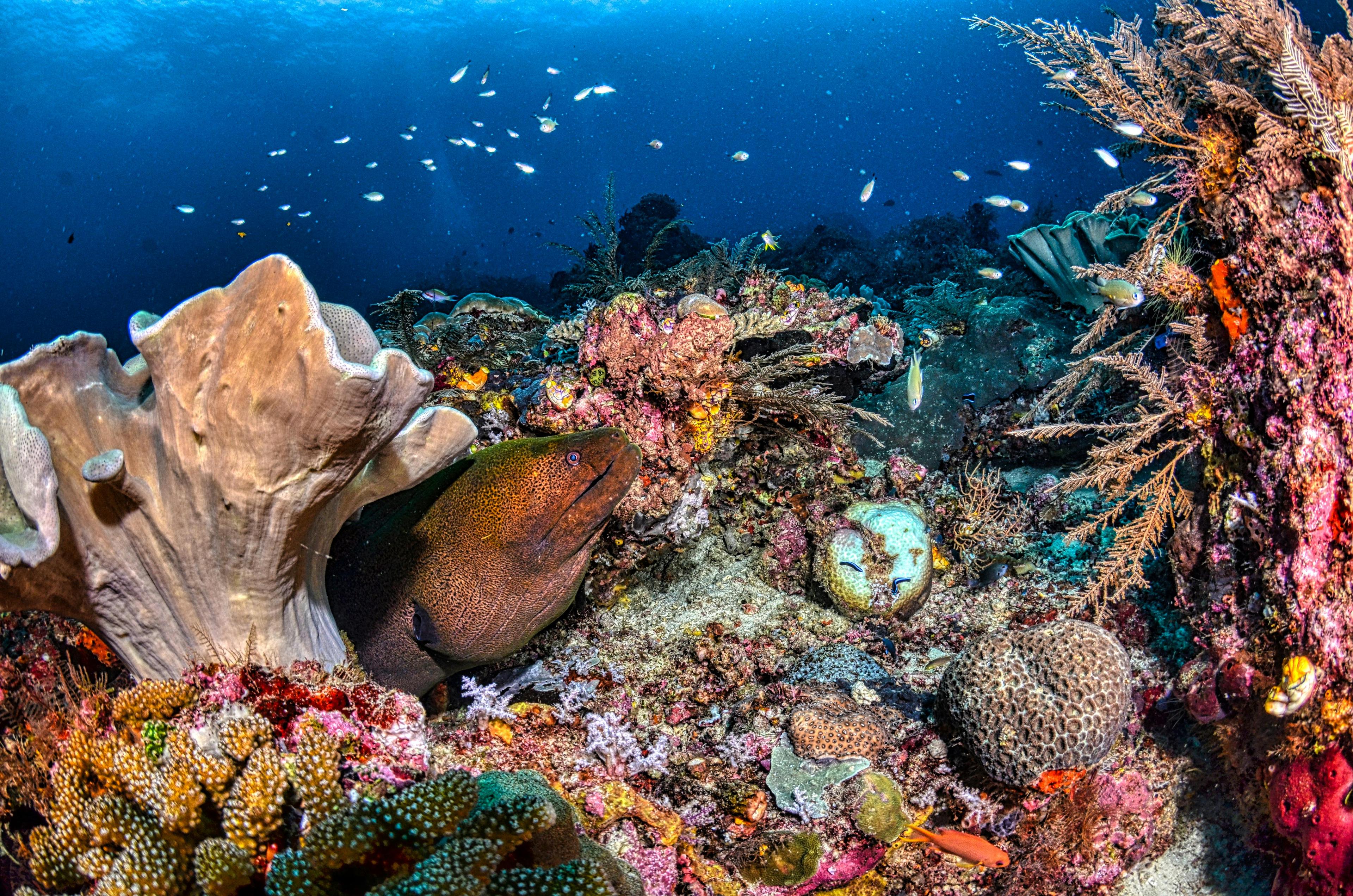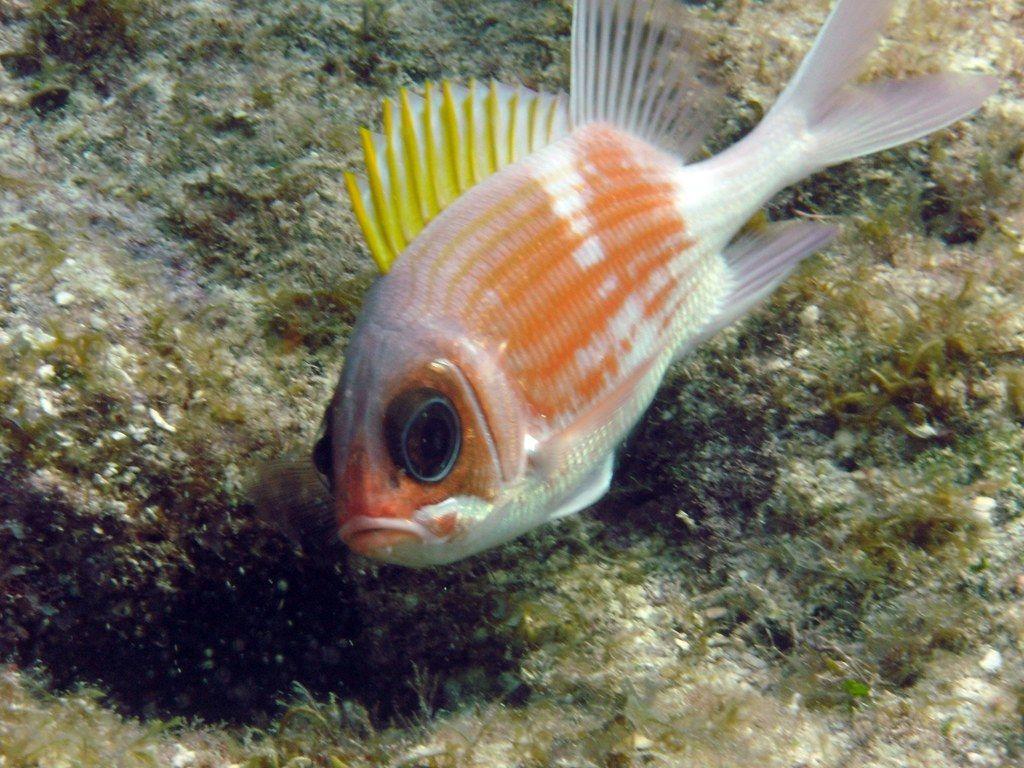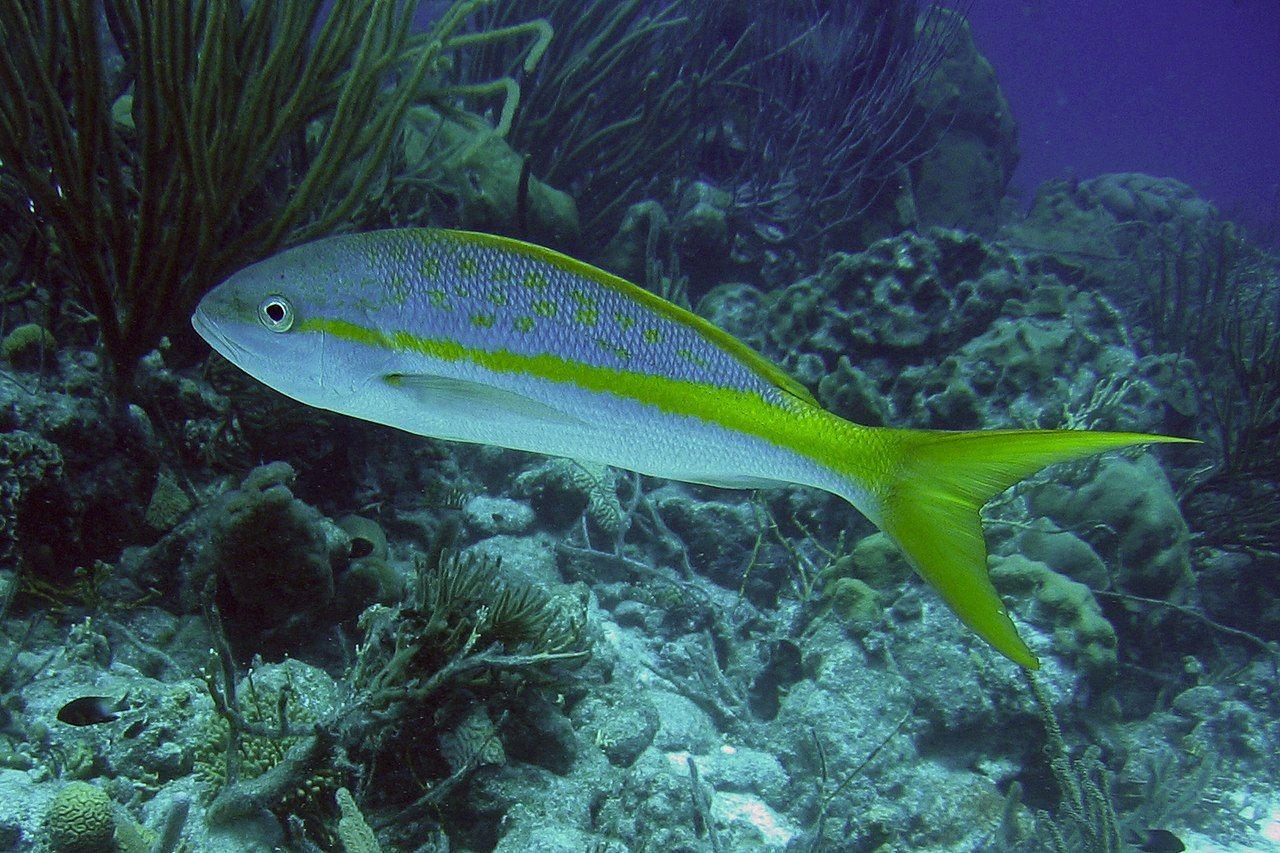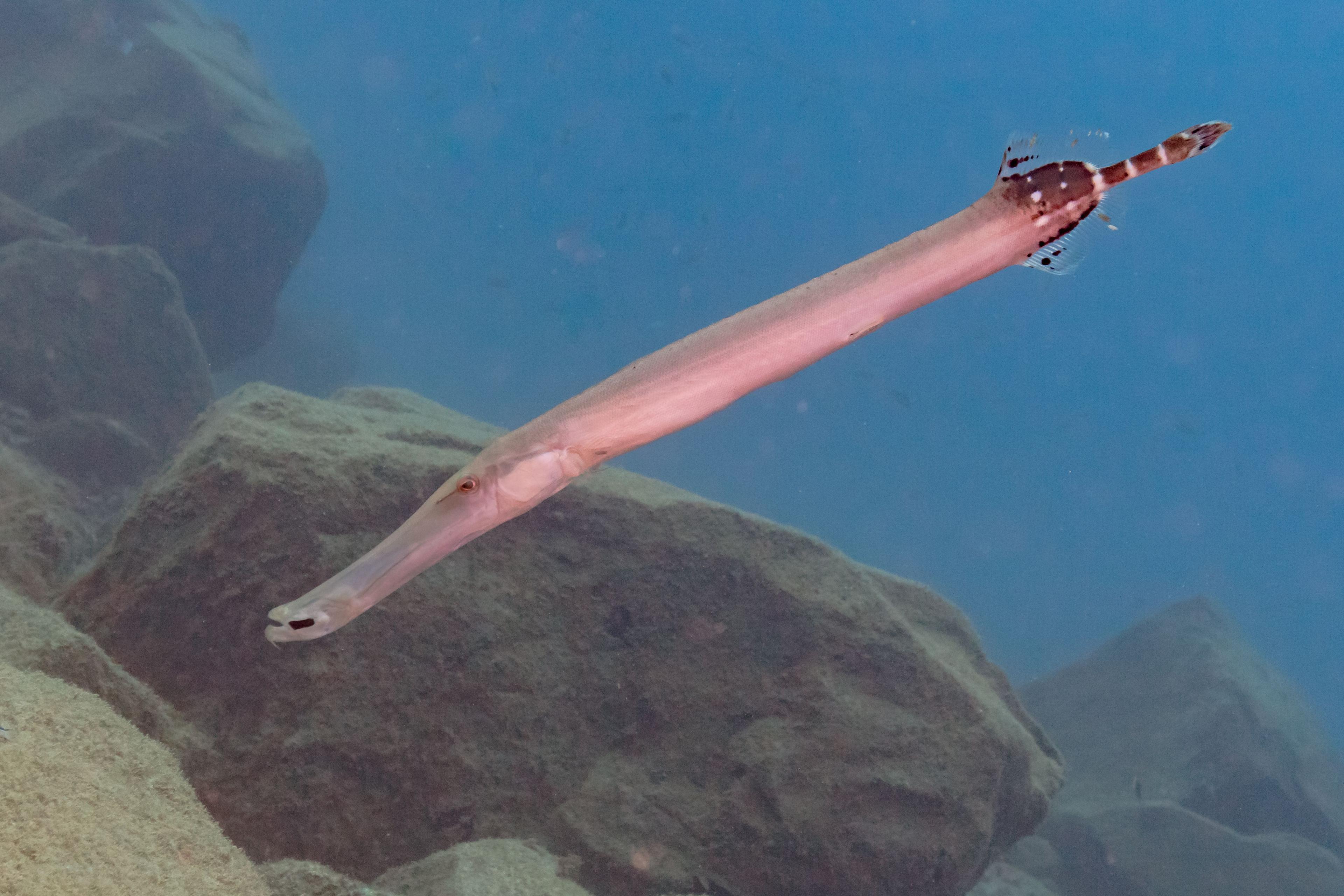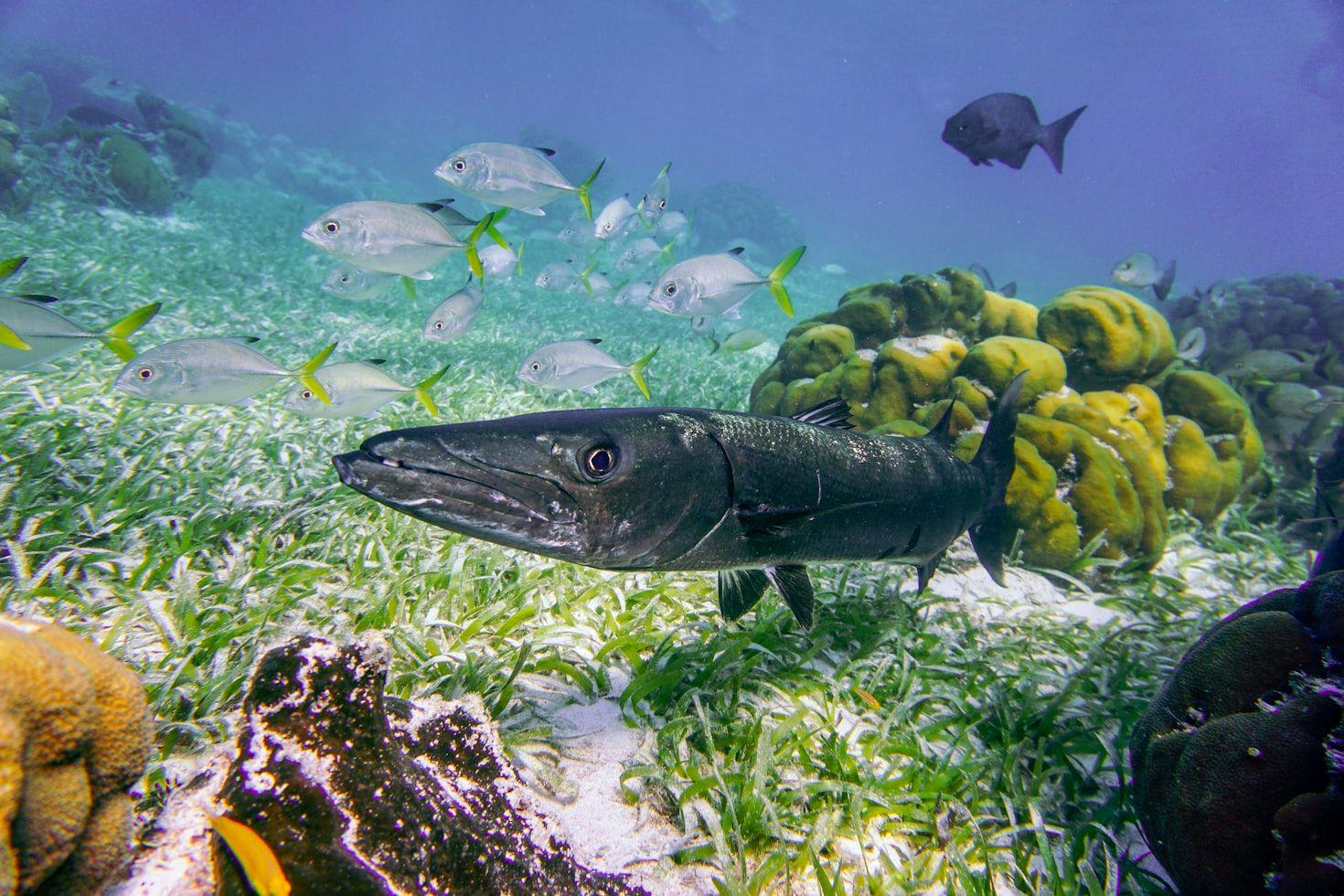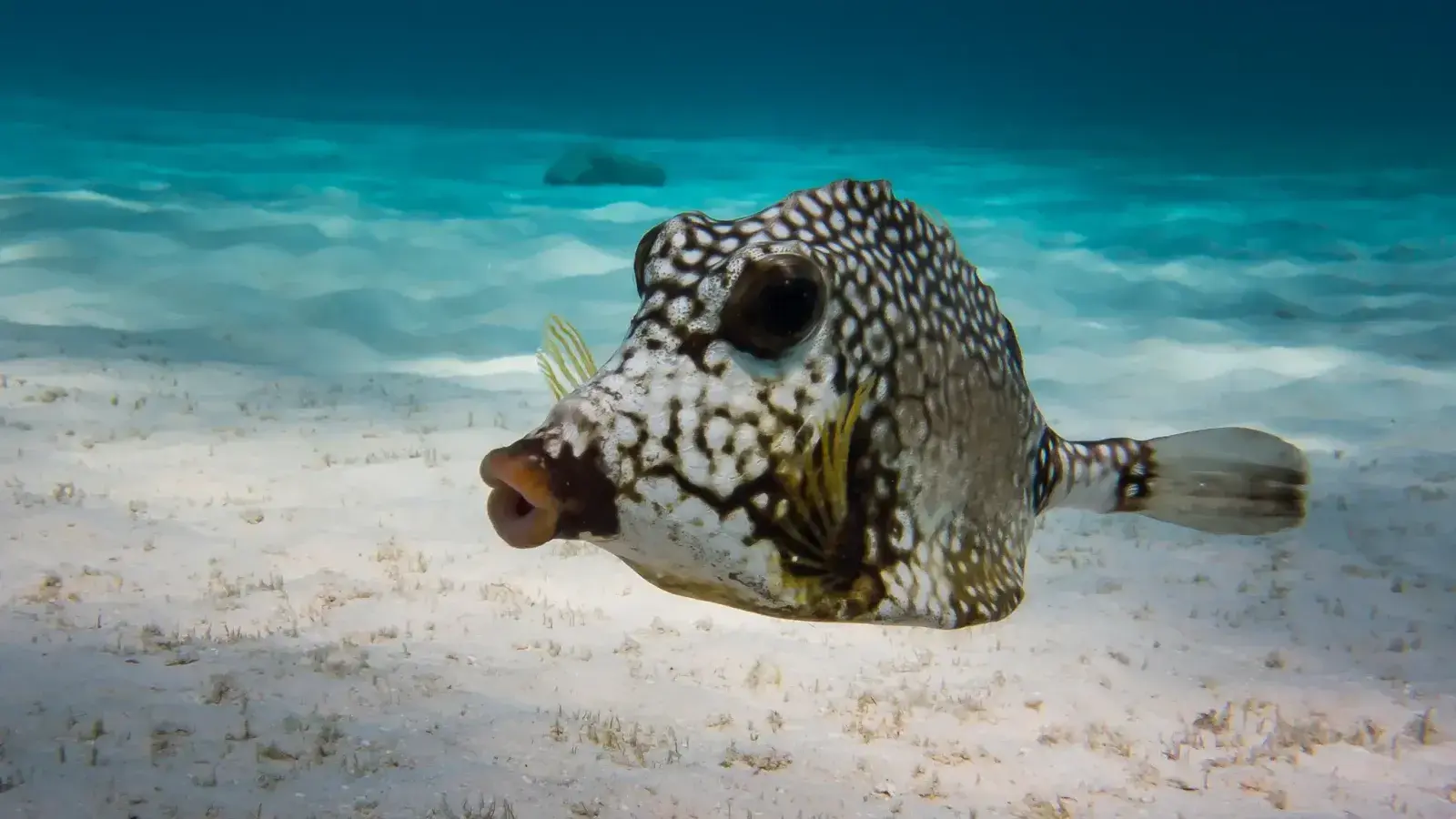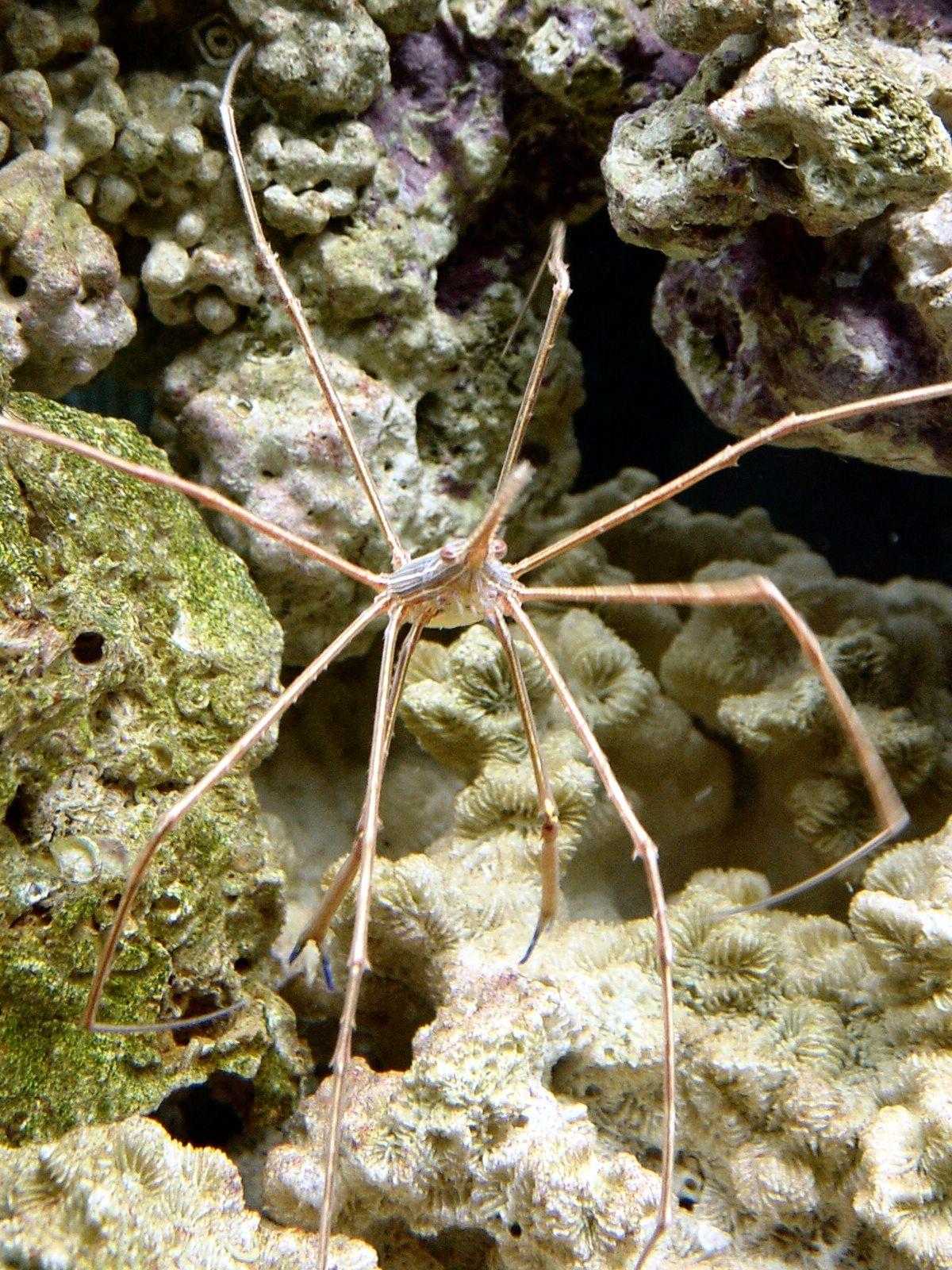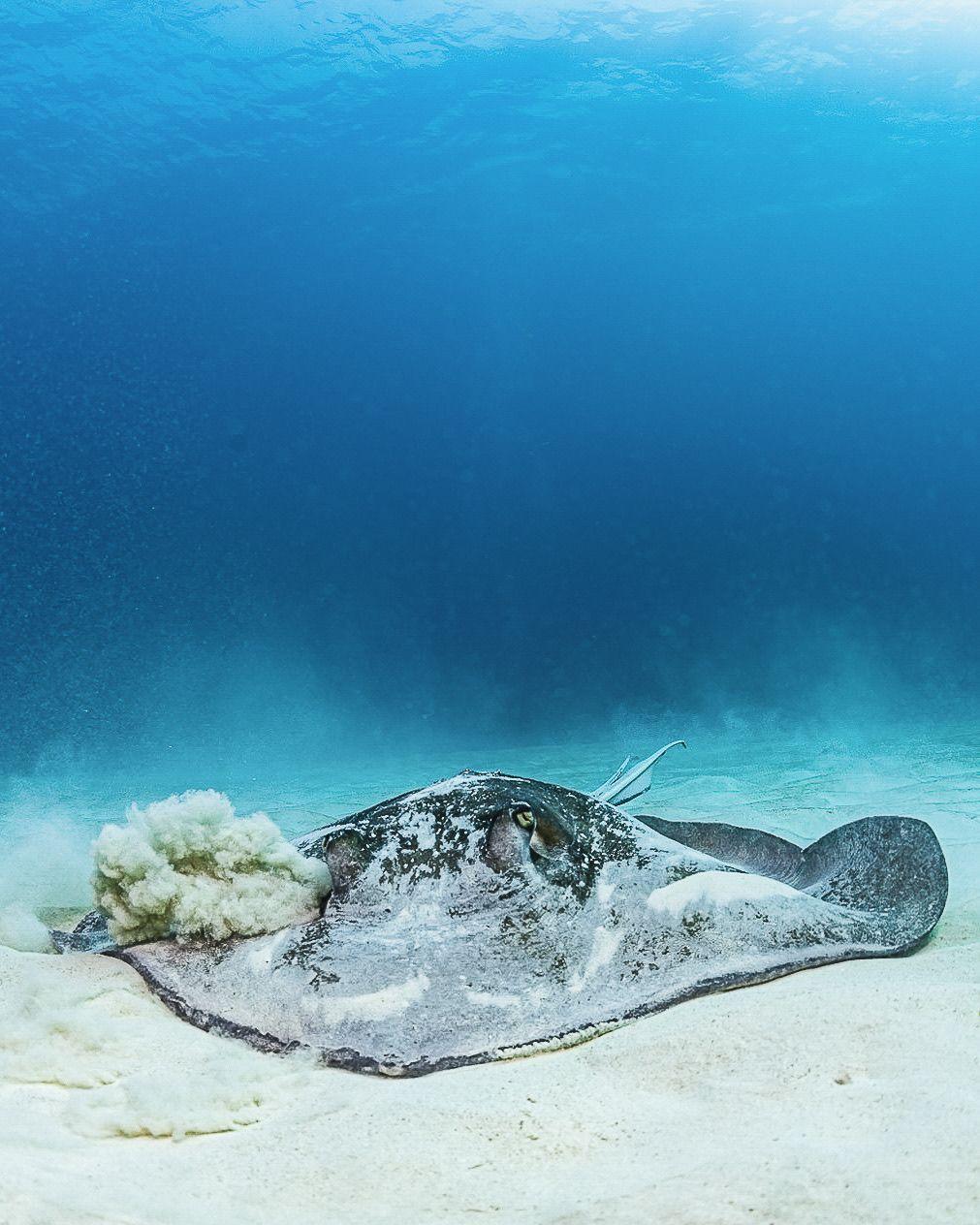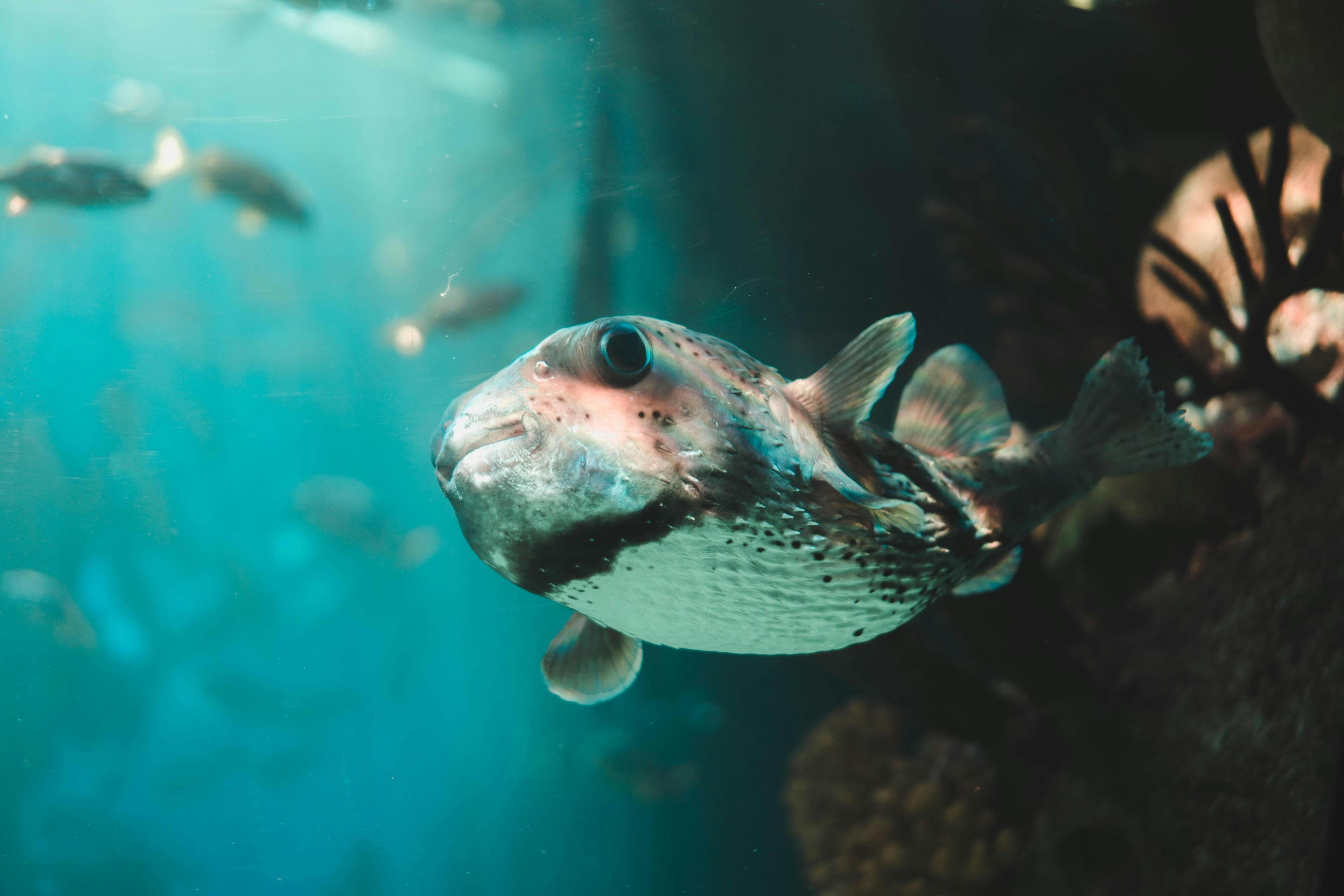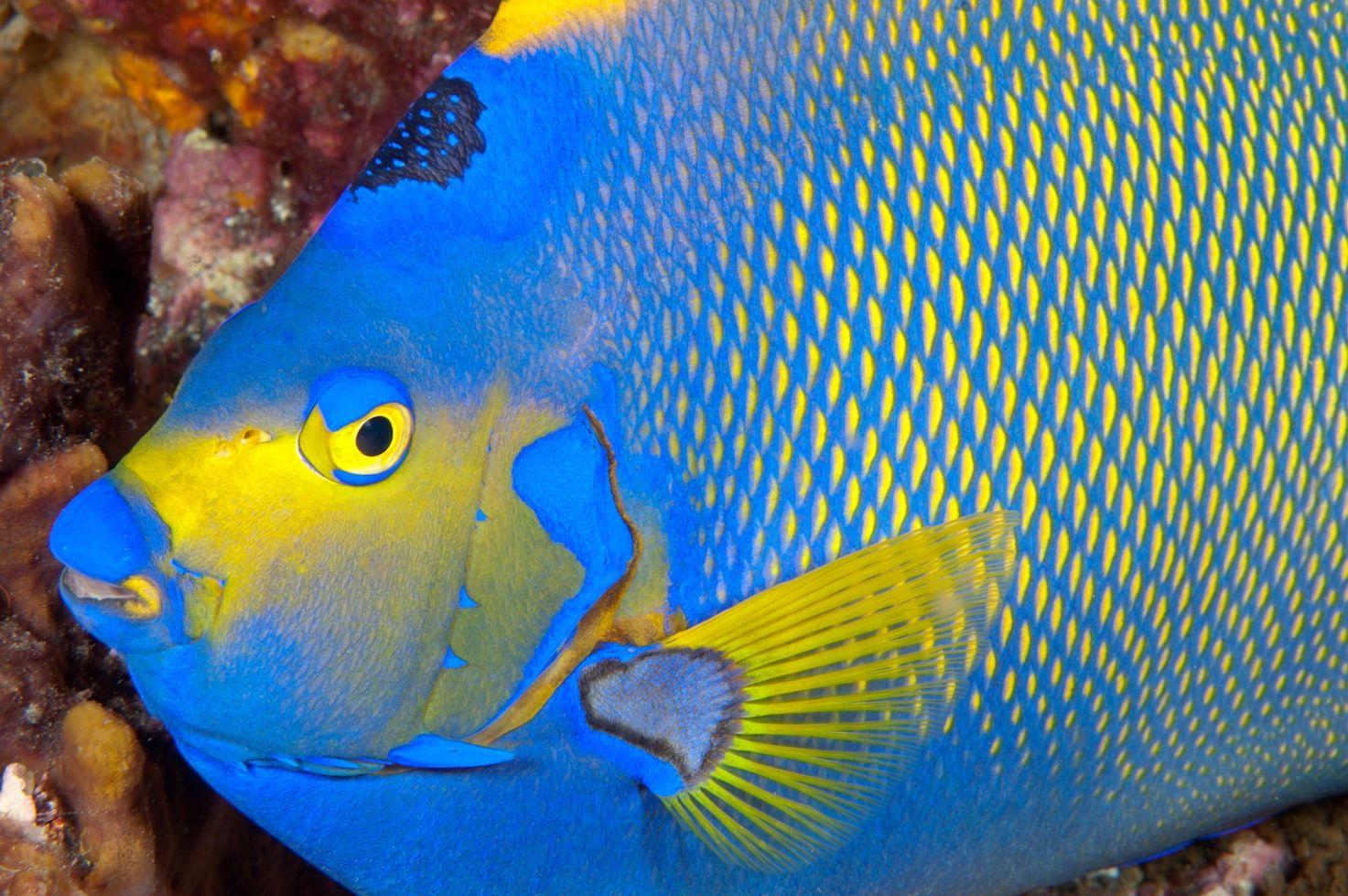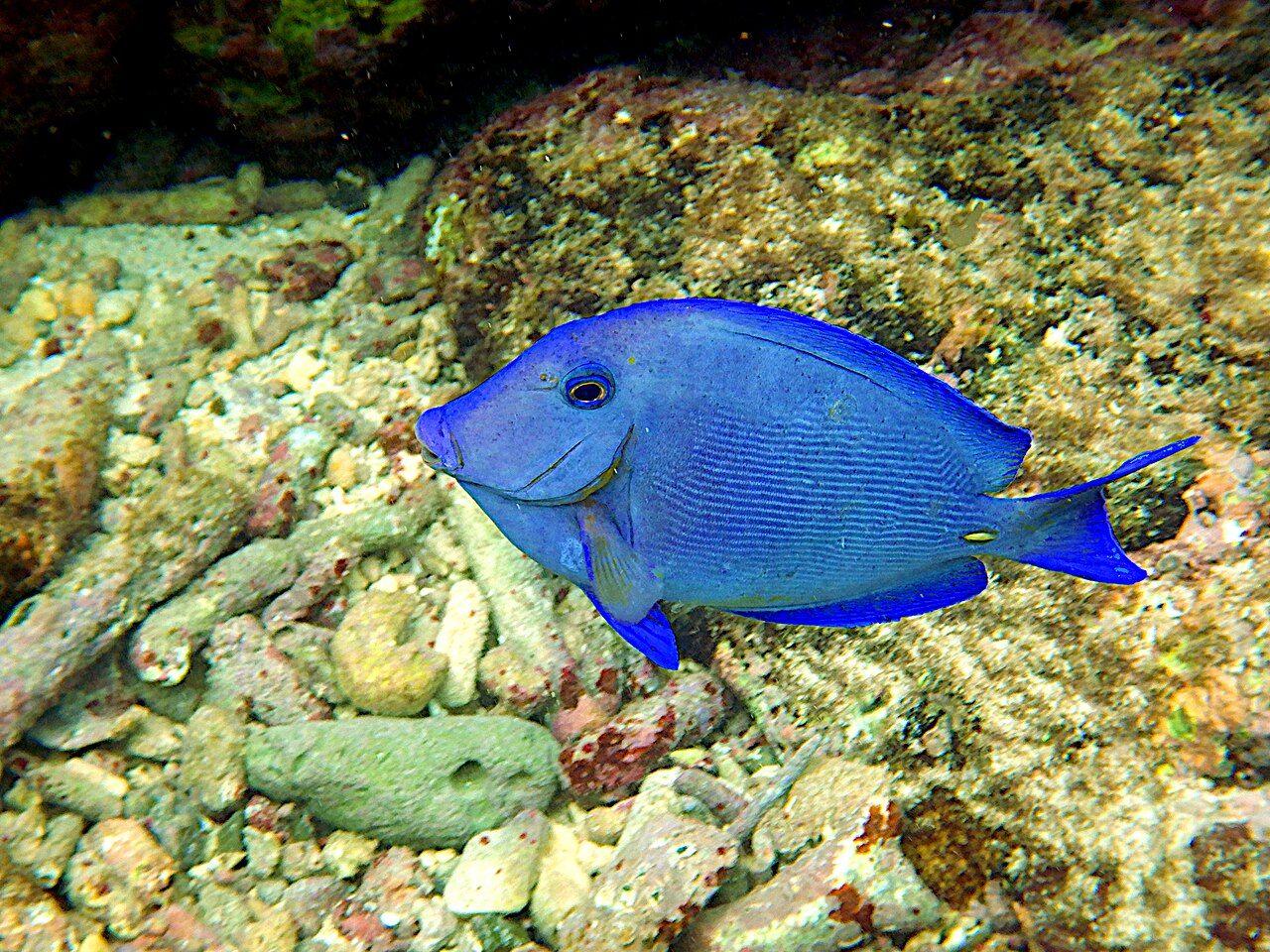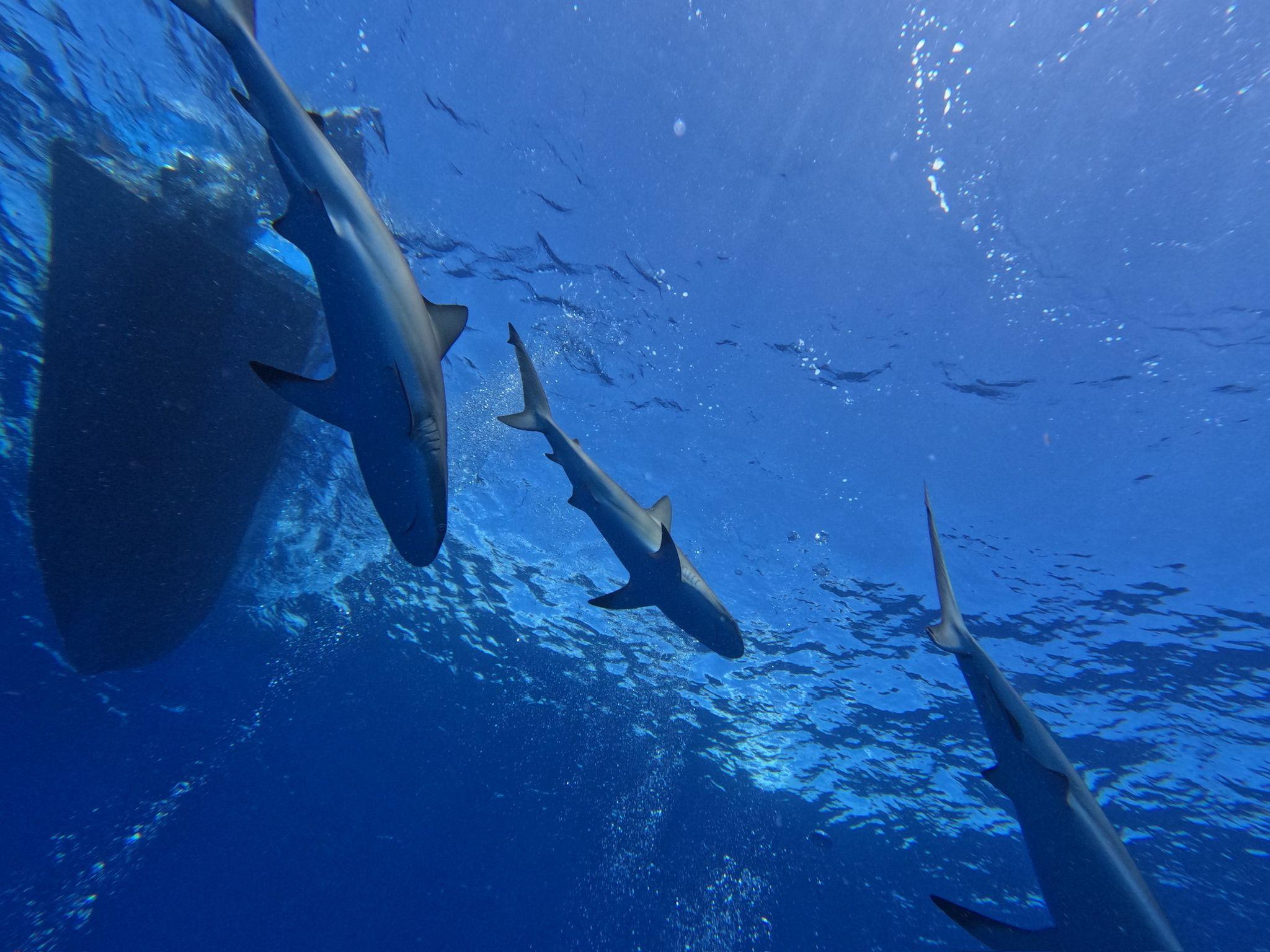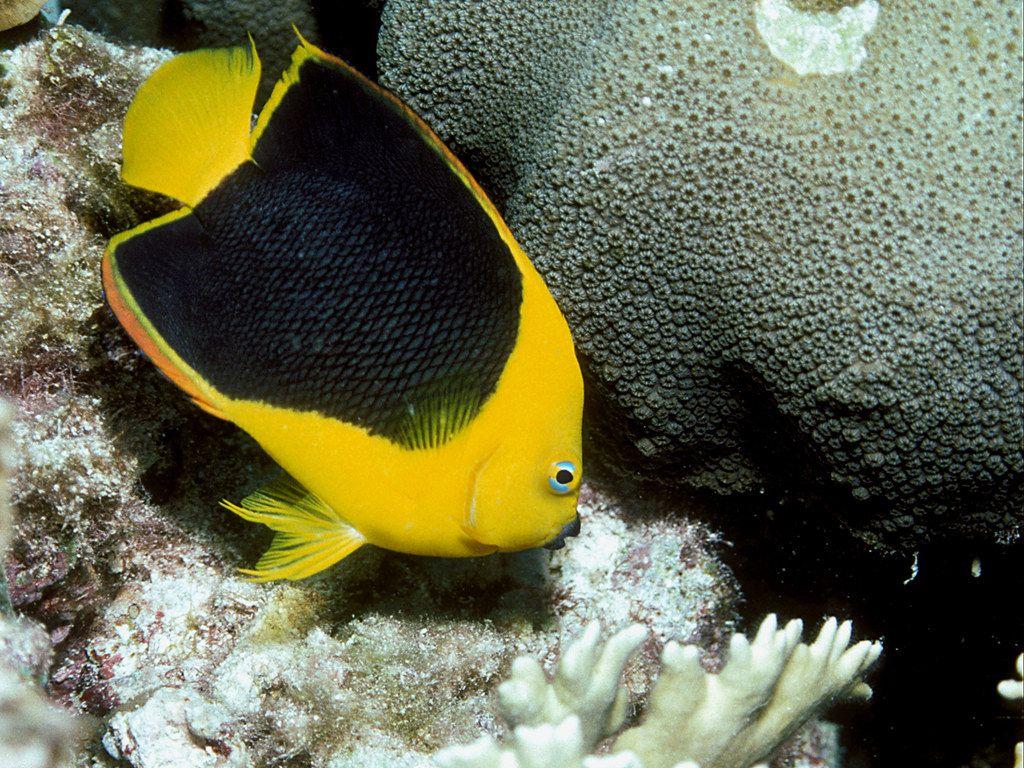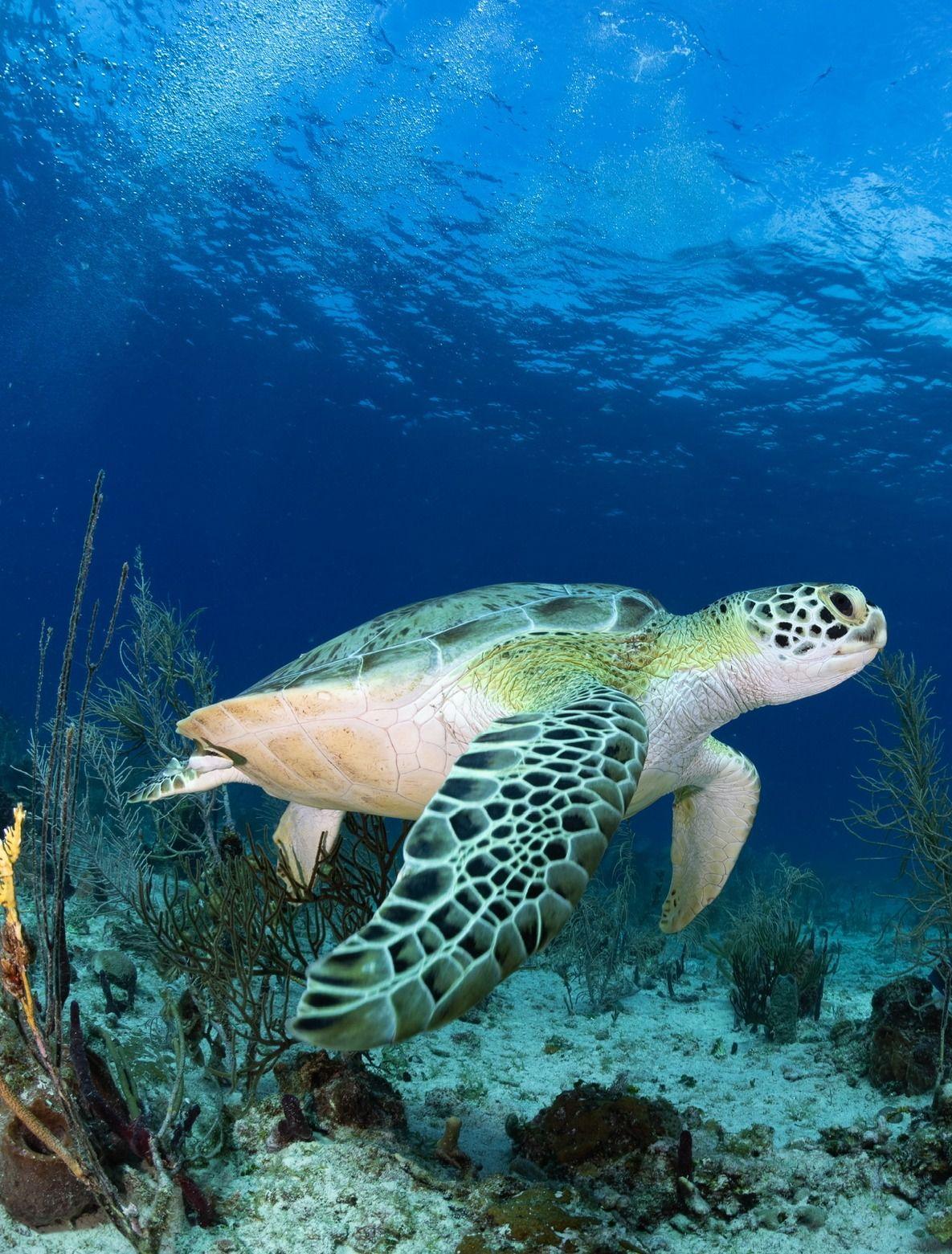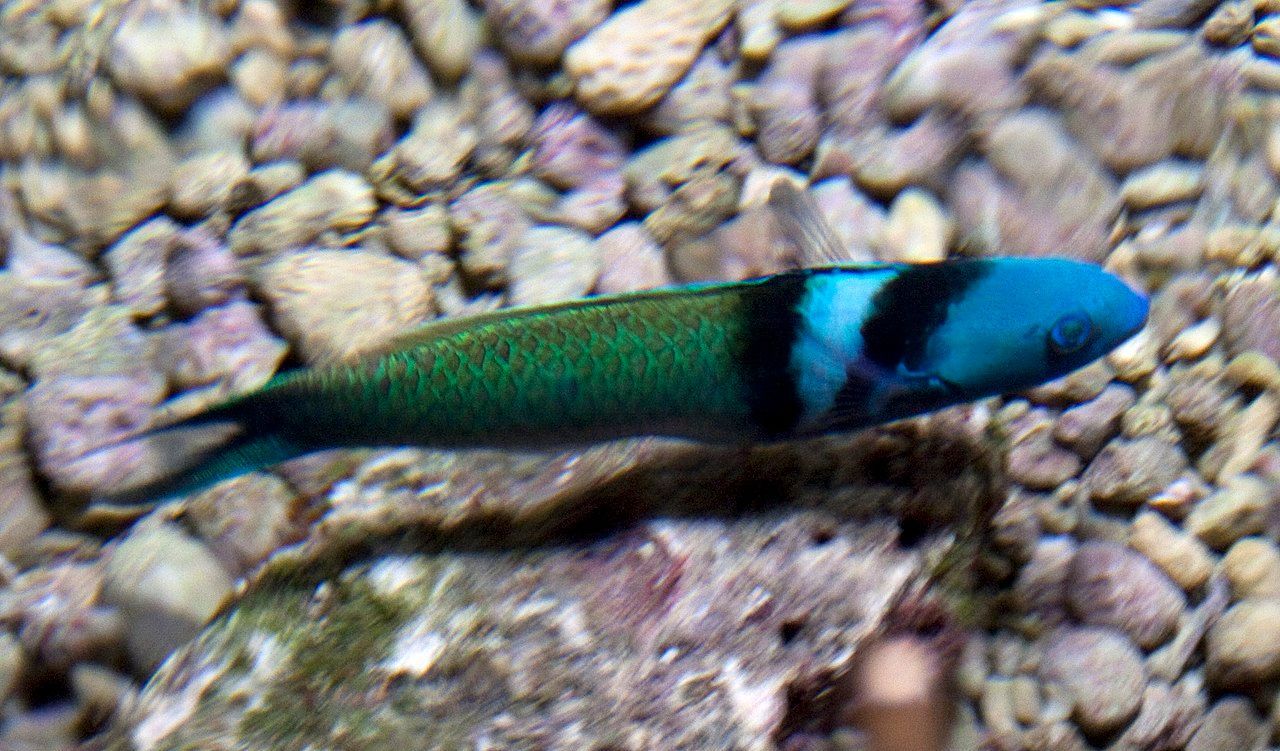
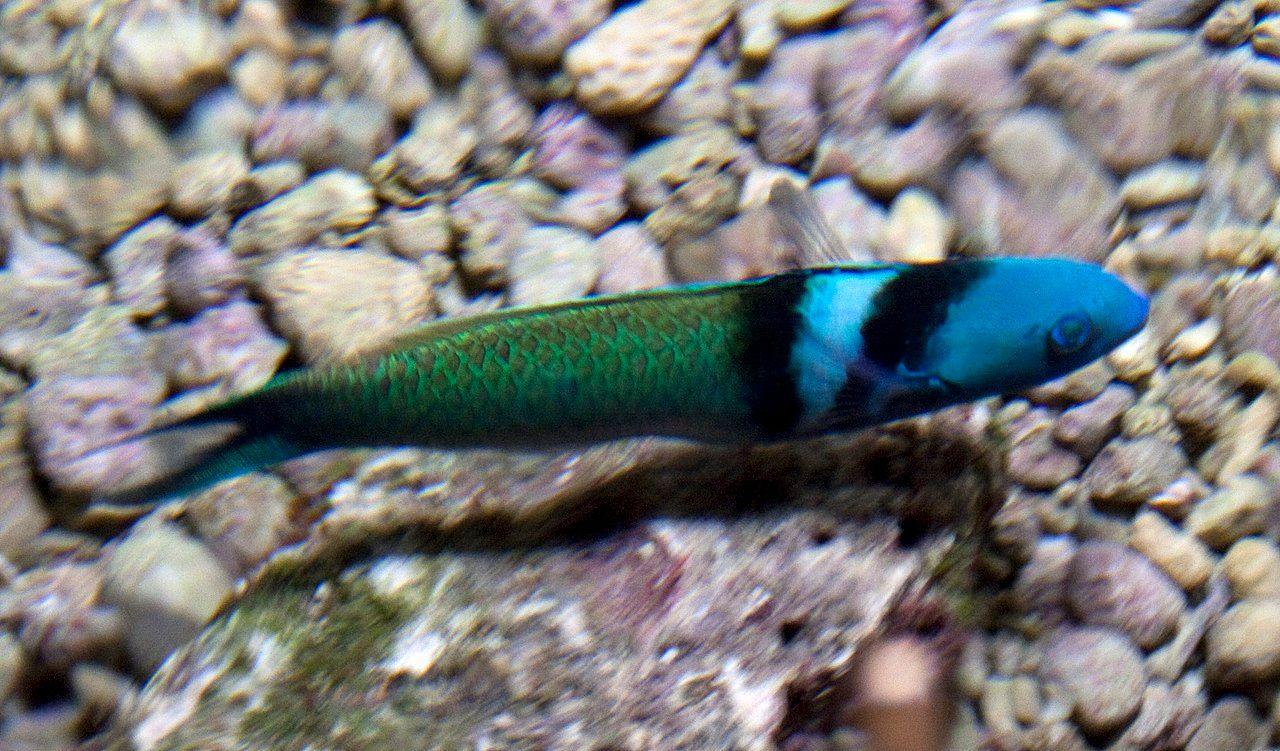

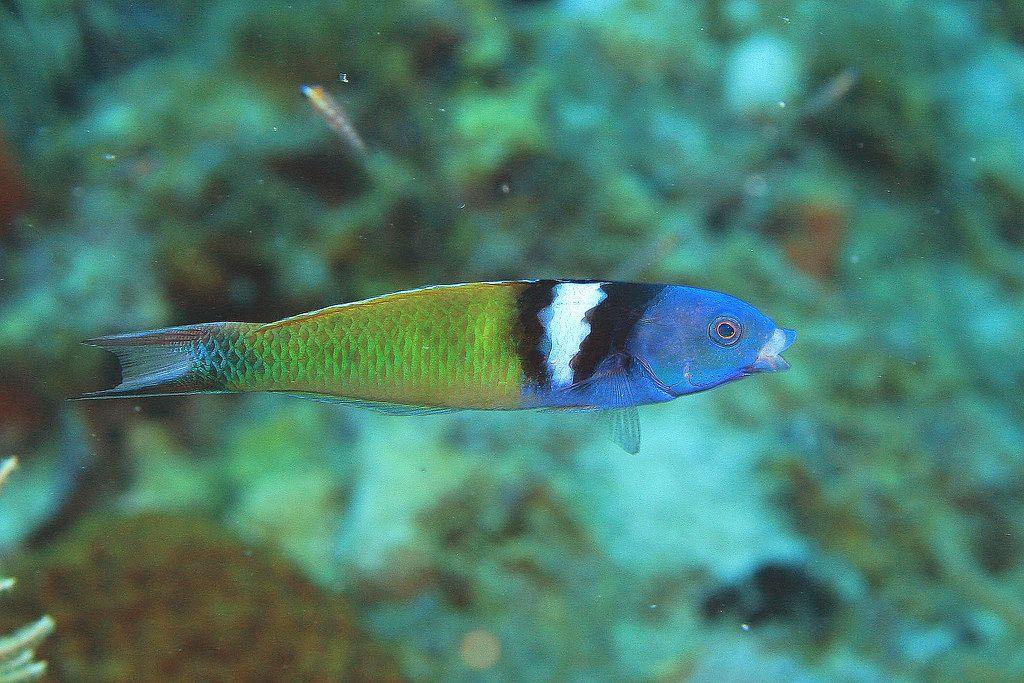
💙 Blue-Headed Wrasse: The Tiny Fish That Plays a Big Role on the Reef
Punta Cana’s reefs are bustling with tropical life, and among the most active and colorful residents is the Blue-Headed Wrasse. Don’t let its small size fool you — this lively fish plays a crucial role in reef health and is an absolute joy to observe.With a bright blue head and vibrant yellow-green body, these fish dart around coral formations in search of food and territory. They're a favorite among snorkelers and divers for their vivid color, unique behavior, and ecological importance.
🐟 How to Identify a Blue-Headed Wrasse
The Blue-Headed Wrasse (Thalassoma bifasciatum) is easy to recognize once you know what to look for:
- Adult males have a brilliant electric blue head and greenish-yellow body with two vertical black bars just behind the gills.
- Females and juveniles are usually all yellow with a white underside and a faint black stripe along the mid-body.
- They grow to about 4–6 inches long and are typically seen in small groups or pairs.
They are often seen zipping around coral heads, cleaning stations, and sandy reef edges — always on the move!
🔄 A Master of Transformation
One of the most fascinating facts about the Blue-Headed Wrasse is that it’s a sequential hermaphrodite. This means:
- All are born female
- The largest and most dominant females can change into males as part of their life cycle
- This transition includes a dramatic shift in color and behavior
This social transformation helps maintain balanced populations and ensures reproductive success in dynamic reef communities.
🧽 The Reef’s Natural Cleaning Crew
Blue-Headed Wrasses play a critical role in reef health. Juveniles act as cleaner fish, picking parasites off larger reef fish at designated “cleaning stations.” It’s common to see groupers or parrotfish pausing patiently while wrasses clean around their gills, scales, and fins.This mutualistic relationship benefits both parties — the wrasses get a meal, and the reef stays healthier.
📍 Where to Spot Them in Punta Cana
These fish are widespread throughout the Caribbean and are very common in Punta Cana, especially around:
- Shallow coral reefs in Cabeza de Toro
- Wreck sites near Catalina Island
- Fringing reef zones in Bayahibe
Whether you’re snorkeling or diving, it’s almost guaranteed that you’ll see Blue-Headed Wrasse darting around coral formations, cleaning larger fish, or chasing each other across the reef.
📸 Why Divers Love Them
- Their striking colors make them photogenic
- Their active behavior keeps the dive visually exciting
- Their role as cleaner fish adds an educational element to observing reef life
- They’re often one of the first fish guests recognize during their underwater adventure
🌴 Dive with Us and Meet the Locals
At Grand Bay of the Sea, our dive guides love pointing out the small but essential reef residents like the Blue-Headed Wrasse. These fish may not be as famous as sharks or turtles, but their presence is vital to the overall health and balance of our reefs.Whether you’re a seasoned diver or snorkeling for the first time, keep an eye out for these darting, brilliant little helpers — they’re part of what makes Punta Cana’s reef ecosystems so alive.

